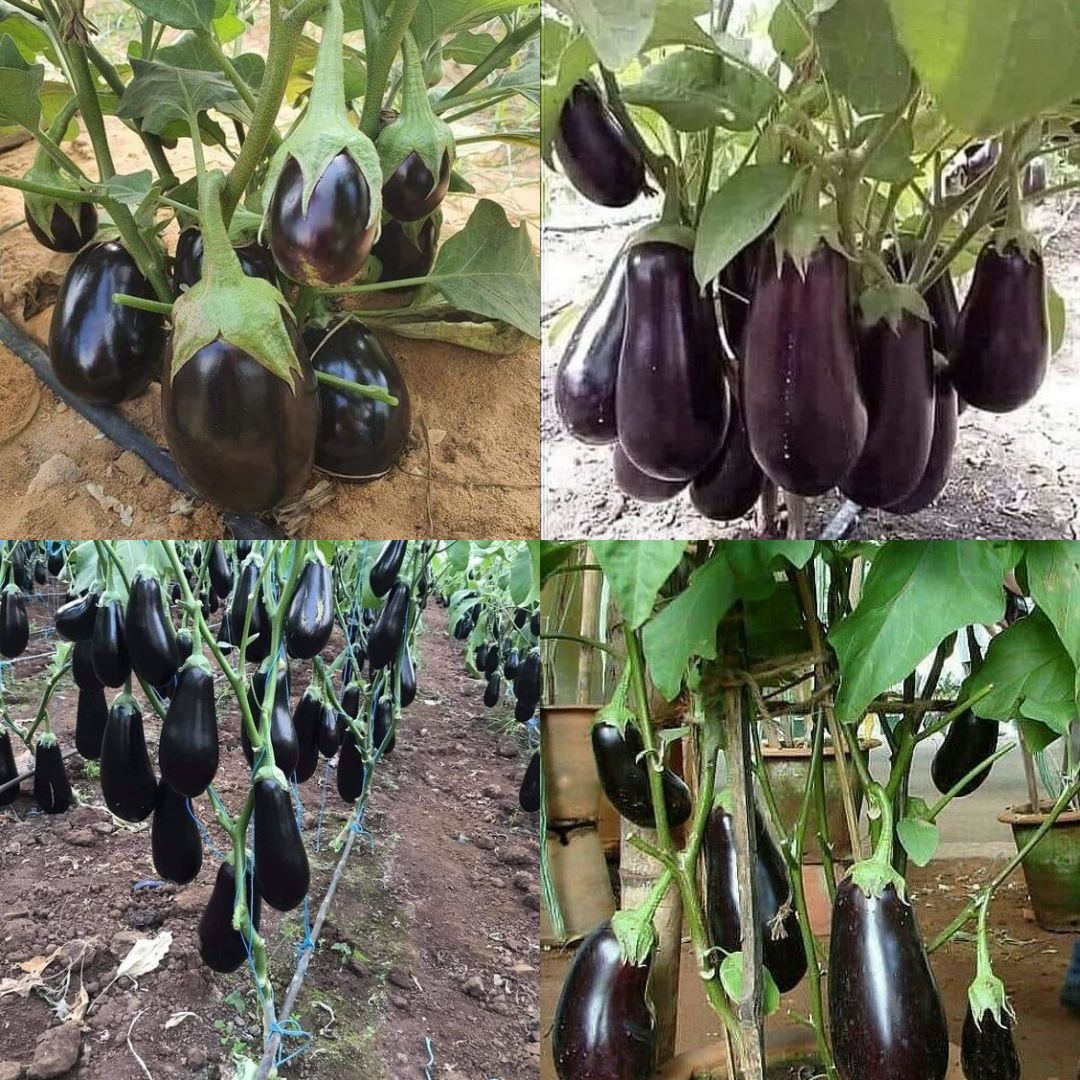
Are you a fan of eggplants but lack outdoor garden space? Don’t worry; you can enjoy a bountiful harvest of this delicious and versatile vegetable right at home, even if you don’t have a traditional garden. In this article, we’ll explore how to grow eggplants with a high yield in limited space or indoors. With the right techniques and a little TLC, you can have an abundant supply of eggplants all year round.
Choose the Right Eggplant Variety The first step to successful indoor eggplant cultivation is selecting the right variety. Compact or dwarf eggplant varieties are ideal for limited space. These varieties are designed to thrive in containers or smaller garden areas. Some popular compact eggplant varieties include “Patio Baby,” “Bambino,” and “Fairy Tale.” These plants are well-suited for indoor or container gardening.
Select the Perfect Container When growing eggplants indoors or on a small patio, choosing the right container is crucial. Opt for containers that are at least 5 gallons in size, providing ample room for the plant to grow and develop a strong root system. Ensure that your containers have good drainage to prevent waterlogged roots, which can lead to plant stress and disease.
Provide Adequate Light Eggplants thrive in full sunlight, so it’s essential to provide them with sufficient light when grown indoors. Place your containers near a south-facing window where they can receive at least 6-8 hours of direct sunlight each day. If natural light is insufficient, consider using grow lights to supplement their light requirements. Position the grow lights about 12-18 inches above the plants and adjust the duration to mimic natural daylight.
Use Quality Potting Soil Select a high-quality potting mix specifically designed for vegetables. This ensures that your eggplants receive the essential nutrients they need to flourish. Well-draining soil is vital to prevent root rot, so avoid heavy, water-retaining soils.
Regular Watering and Fertilizing Eggplants prefer consistent moisture levels, so water your plants regularly to keep the soil evenly moist. However, avoid overwatering, as this can lead to root rot. To determine when to water, stick your finger about an inch into the soil; if it feels dry at that depth, it’s time to water.
Fertilize your eggplants with a balanced, water-soluble fertilizer every two to three weeks during the growing season. Follow the package instructions for the correct dilution and application method.
Pruning and Support To encourage bushy growth and a higher yield, consider pruning your eggplant plants. Pinch off the growing tips when they reach about 12 inches in height. This will promote the development of side branches and more fruit-bearing stems.
Eggplants can become top-heavy with fruit, so provide support to prevent the plants from bending or breaking under the weight. Stake or cage your plants as they grow to keep them upright.
Harvesting Your Eggplants Once your eggplants reach their mature size and have a glossy appearance, it’s time to harvest. Use a sharp knife or pruning shears to cut the eggplants from the plant. Be gentle to avoid damaging the stems or the rest of the plant.
Conclusion Growing eggplants at home without a garden is not only possible but also rewarding. By choosing the right variety, container, providing adequate light, and proper care, you can enjoy a steady supply of fresh eggplants with a high yield year-round. So, whether you have a small balcony, patio, or just a sunny windowsill, you can savor the taste of homegrown eggplants in your favorite recipes. Happy gardening!